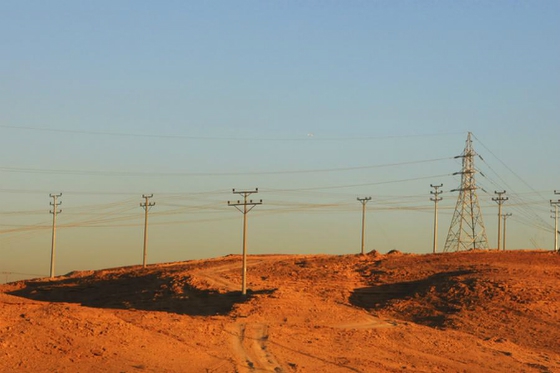Qatar’s power generation capacity is projected to increase by 50 percent in the next two years. Plans are in place to increase the country’s power capacity to 13.1GW by 2018. Qatar needs $9bn investment in its power sector from 2016 to 2020, Mena project tracker Venturesonsite noted in its " GCC Power Market" report.
Qatar’s current capacity is 8.8 GW and demand is around 8.2 GW. With the completion of ongoing projects, including the Umm Al Houl plant, the estimated installed capacity is expected to exceed about 11,000 MW of electricity and 490 MIGD of water by the end of 2018.
Located between Al Wakrah and Mesaieed, Umm Al Houl will be home to the country’s largest plant and is anticipated to be among the biggest in the Middle East. Along with a second plant at Ras Laffan, it will add 4.5 GW of power in the medium term.
Currently, Qatar’s power supply is complemented by five plants and three satellite stations in and around Doha. Qatar is yet to witness the all-time peak demand of utilities in the run-up to the 2020 FIFA World Cup preparations, and QEWC is much ahead enhancing the installed capacity, which is always maintaining big surplus than the actual peak demand.
The energy sector has been a major target for investment by the Qatari government, with plans to invest $22bn in its power (includes water) infrastructure up to 2020. Qatar is geographically well positioned to tap its tremendous solar energy potential and has set a target of 2 percent renewable energy contribution in the national energy mix by 2022. Qatar’s solar energy future is steadily developing, the report said.
Qatar experiences moderate wind speeds, which are suitable for small wind turbine generators for water pumping or to produce electricity at remote locations, such as isolated farms. Biomass energy potential in Qatar is largely contributed by municipal wastes and a 34 MW waste-to-energy plant is already in operation at Domestic Solid Waste Management Center at Messiaeed. Qatar has set a goal to produce 20 percent of its electricity from solar energy by 2030. Qatar’s power construction contractor awards are expected to decrease from $2,000m in 2016 to $450m in 2017.
Citing Arab Petroleum Investments Corporation (Apicorp), the report noted the GCC represents 47 percent or 148 GW of the current Mena power-generating capacity. Factors such as population growth, urbanisation, improvements in income levels, industrialisation, and low electricity prices have led to a rise in the GCC’s demand for energy. The region would require $85bn for the addition of 69 GW of generating capacity and another $52bn for T&D over the next five years. The GCC power capacity needs to expand at an average annual pace of 8 percent between 2016 and 2020.
Saudi Arabia leads the drive to make the necessary capacity additions by 2020 as the kingdom will need to invest $71bn to increase capacity to 114GW.
The total GCC power construction contractor awards are forecast to increase from $22.38bn in 2016 to $ 25.52bn in 2017. The GCC countries are also set to invest $252bn over the next five years on projects for setting up new power production plants, distribution systems, and supply grids. KSA is expected to register the highest contractor awards in 2016 and 2017 followed by the UAE.
Zawya
25 May

























































